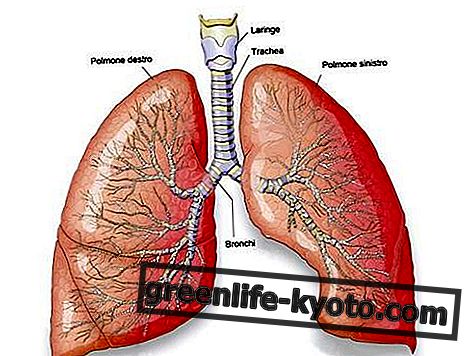
Calamintha nepeta is the scientific name given to the aromatic herb popularly known as nepitella .
The calamintha is very similar to the mint of which it remembers the form and even the smell of its leaves remembers the aroma of the mint but botanically it is not a mint.
However, its similarity has given it the popular name of mint .
The calamintha is a perennial plant that grows in a branched way and has small oval leaves with a serrated edge, its flowers are pink or white that bloom from June to October.
Like the mind, however, also the nepitella belongs to the Labiatae family and is a herb that loves to grow spontaneously in the uncultivated lands of Italy near streams and fountains where there is water and a wetland .
The nepitella is used by man for healing purposes since ancient times and already in the Middle Ages it was known for its digestive, tonic and antispasmodic properties.
Properties and benefits
Calamintha is an aromatic herb that contains in its terpene leaves and essential oils as well as other active ingredients.
The mint is mainly used for its digestive properties in fact its components are able to regulate the digestive function and also that of the whole gastrointestinal tract.
The presence of fibers also helps to cleanse the intestine and improves stool motility, facilitating transit and elimination. The presence of essential oils brings a disinfectant and purifying action to the gastrointestinal system.
Furthermore, thanks to these essential oils we also have an eupeptic effect that stimulates the production of gastric and salivary juices, allowing a better digestive process.
The mint is also used as an infusion to drink in case of problems such as flatulence, abdominal bloating and intestinal gas. Its carminative properties facilitate the escape of the gas, favor the functionality of the liver and also strengthen the stomach.
The nepitella is also used for facial cleansing and to combat the problem of acne . The leaves are infused in water for at least 10 minutes and then the face is cleaned and disinfected with a cotton pad.
Drinking its herbal tea also helps detoxify and clean the skin from the inside. In the case of excoriations and small lesions on the skin we can use the same infusion to clean and help healing or we can also apply fresh leaves directly on the wound area .
Finally, calamintha has expectorant properties that bring benefits in the event of congestion due to catarrh in the respiratory system. In fact, the mint helps to thin the phlegm and facilitates its elimination.
The action of essential oils in calamintha is also active as a natural antibiotic which is why it becomes an effective remedy for colds, coughs, fever and other respiratory system problems.
The use of calamintha is not recommended for pregnant women, for those suffering from tachycardia and for those with nervous system problems.
Use in the kitchen of the nepitella
Calamintha is used a lot to flavor Mediterranean dishes and is a typical and traditional ingredient. This herb is harvested fresh and used immediately or dried in a similar way to other aromatic herbs such as rosemary and basil.
In mixed salads of vegetables with tomatoes and raw vegetables in season it is added fresh as a natural flavoring combined with the seasoning of salt and olive oil.
Furthermore it is added to the tomato sauce in particular that prepared with cherry tomatoes and garlic. One of the most traditional recipes is the Trapanese-style pasta in which spaghetti or rigatoni are seasoned with a sauce made with cherry tomatoes, garlic and mint leaves.
Finally, the calamintha is also used to give flavor to main courses of fish, meat, mushrooms but it also goes very well with vegetables such as with artichokes and fennel.













